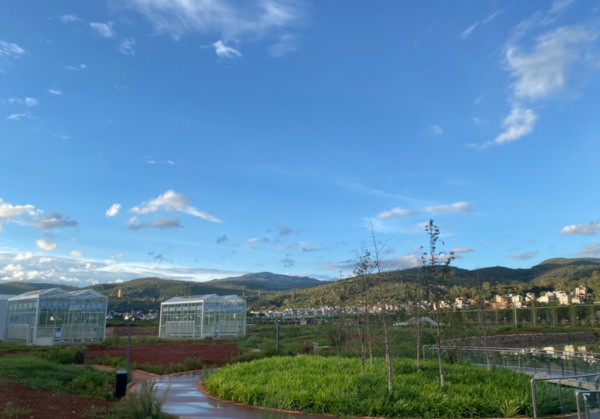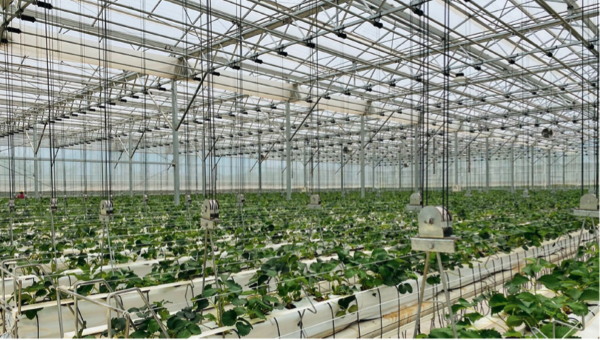An ancient Chinese proverb goes that “to the people, food is heaven.”
One might think then that the agriculture industry would rank among the top recipients of technology investments to improve the production and distribution of food. That is sadly not the case. Agriculture may touch us all, but it is also the industry with the least amount of digitization.
And China’s agriculture system comes with some unique challenges.
by David Liu
About one in four of China’s workforce is involved in agriculture but the industry makes up less than 10% of its GDP. But nearly 98% of farmers in China work on farms smaller than the equivalent of two baseball fields, making it difficult to standardize growing practices and achieve economies of scale. The rural workforce is aging and in decline, as young people choose to work in the cities.
Food production also remains largely unplanned and uncoordinated, and dogged by quality and safety issues. There is significant wastage along the distribution chain and high incremental costs.
E-commerce penetration in agriculture in China is also low. Less than 7% of agricultural produce is sold to consumers through online channels, compared with about 23% of physical goods last year.

To help realize the economic potential of China’s vast agriculture resources requires a concerted effort to improve overall quality and differentiation and grow consumers’ awareness and recognition of China’s geographical indications for agriculture produce. The first step is to increase the level of digitization of the entire value chain.
In the area of production, agriculture analytics can help advise farmers on what to plant and when to harvest by considering historical and projected information on price, quantity, geographical distribution and logistical availability. Such a system would also help reduce mismatches in supply and demand by refining purchase recommendations to online consumers.

Precision farming is another area ripe for investment. Using robotics, IoT sensors, greenhouse tech, and lower-power data transmission, precision farming can help minimize the use of labor, better control for diseases and cut production costs.
Logistics has traditionally been a hurdle for agricultural goods. Fresh produce typically must go through at least five layers of distribution before reaching the dinner table. Industry research estimates as much as 105% added costs and 37% wastage in the distribution of vegetables alone.
Team purchasing can be effective in aggregating scattered consumer interest into sizable, coordinated demand. Connecting sellers directly with such demand helps eliminate added costs and wastage.
Then there’s food safety. Unlike manufactured goods where authenticity, quality and safety can be readily audited, it is more difficult to do the same for agriculture produce. The complex food supply chain and multiple layers of distribution offer bad actors plenty of opportunities to tamper with the food.
Technology and certification can play a big role in ensuring food safety. Developing a cost-effective and robust means of testing fresh produce for contaminants like pesticides and then devolving the technology to widen the array of produce tested and number of testing points along the supply chain will help improve food quality.
Better guarantees of quality and safety will help build recognition and confidence among consumers of China’s rich agriculture traditions. There is no reason why matsutake mushrooms from Yunnan should not have the same worldwide reputation as the white truffles from Alba, Italy. From selling oranges to making marmalade, and from selling peaches to developing ecotourism, there is huge potential to work with farmers and distributors to develop their own unique brands.
Pinduoduo has its roots in the agriculture business and has made it a strategic focus to step up its investments and partnerships in the industry. We hope by doing so, it would allow us to truly benefit all our platform participants. After all, you are what you eat.
David Liu is Vice President of Strategy at Pinduoduo Inc., China’s No. 1 online agriculture platform.
For more information: Pinduoduo
Pinduoduo
stories.pinduoduo-global.com
